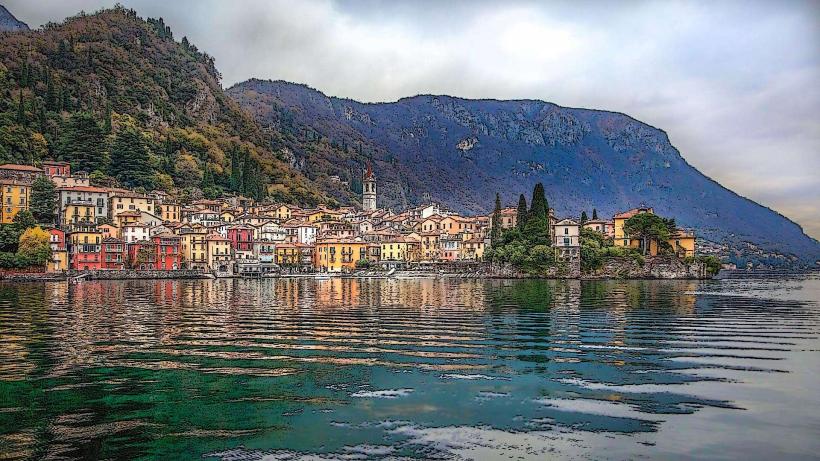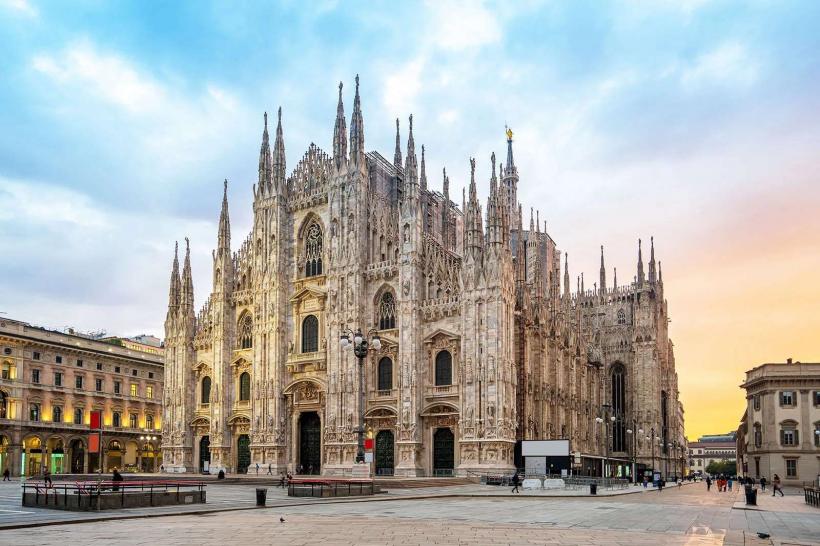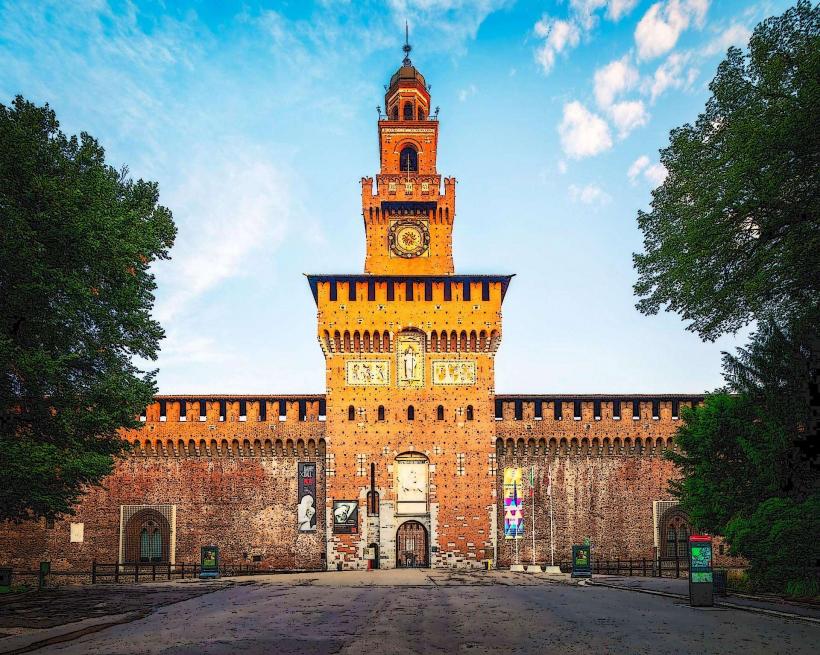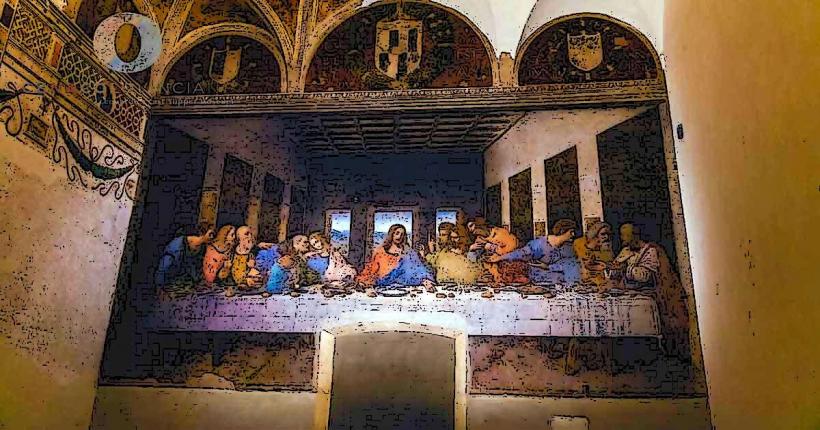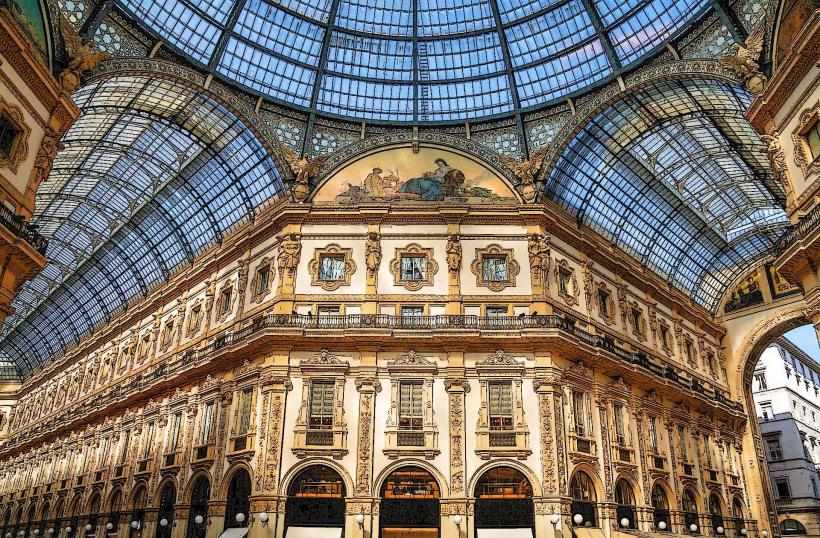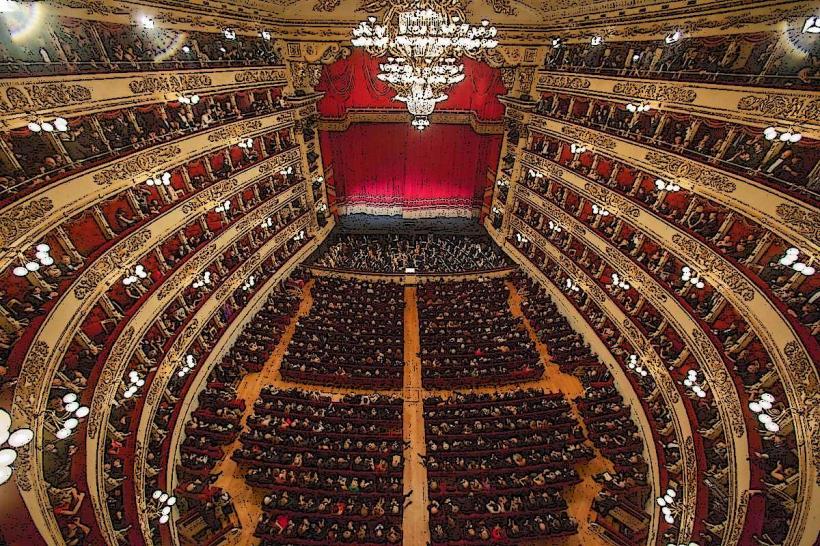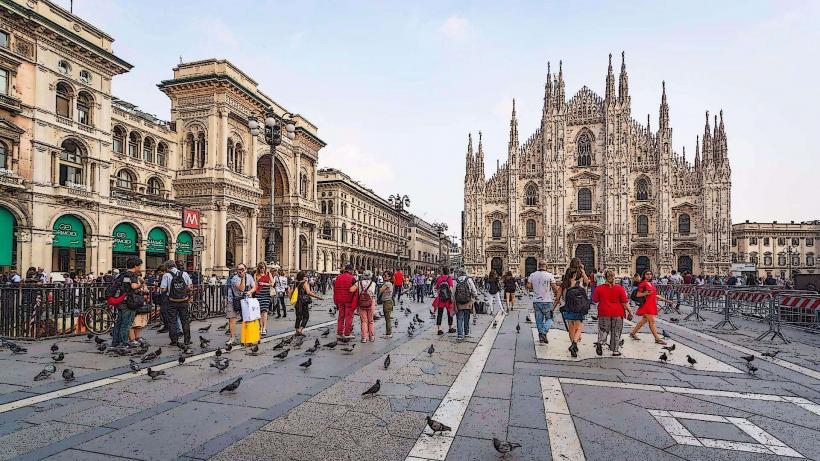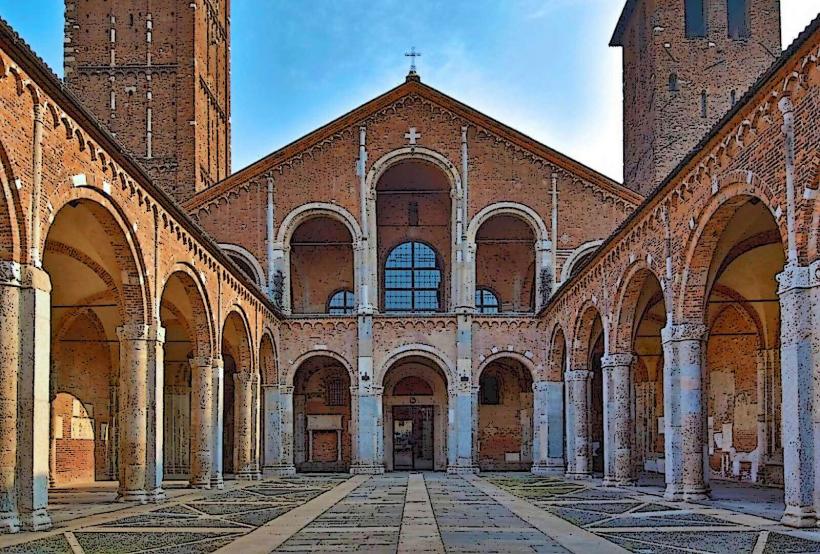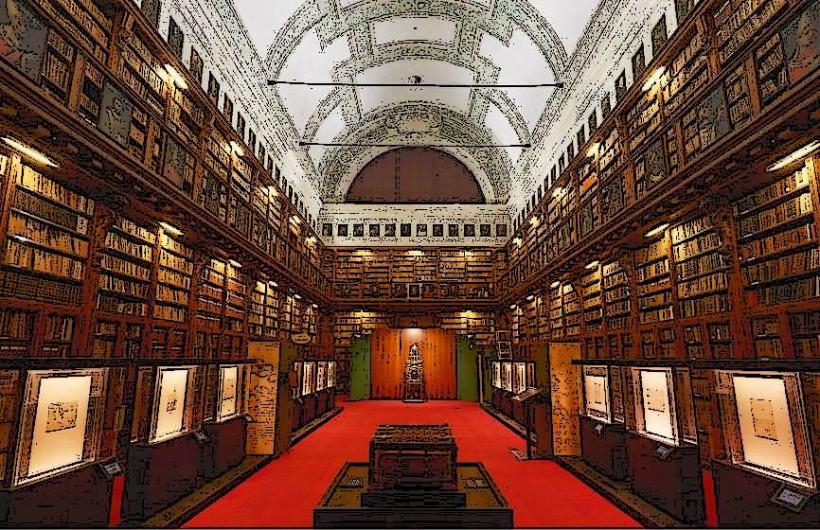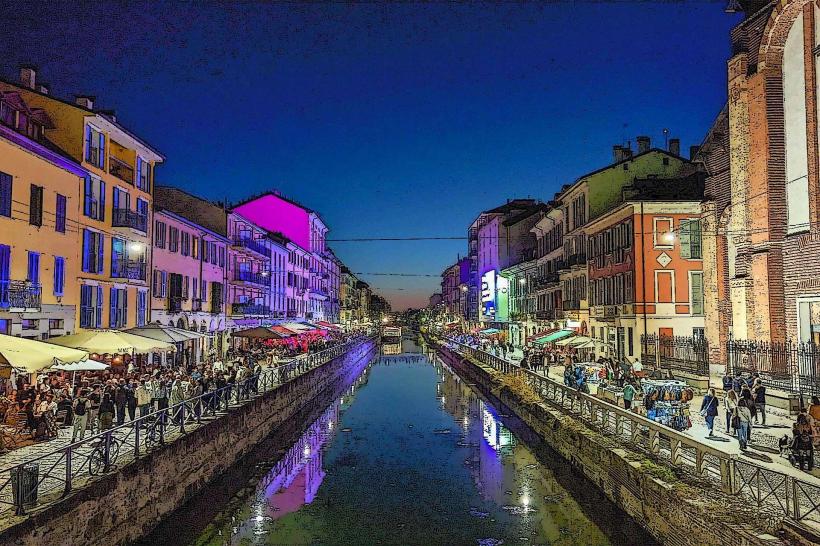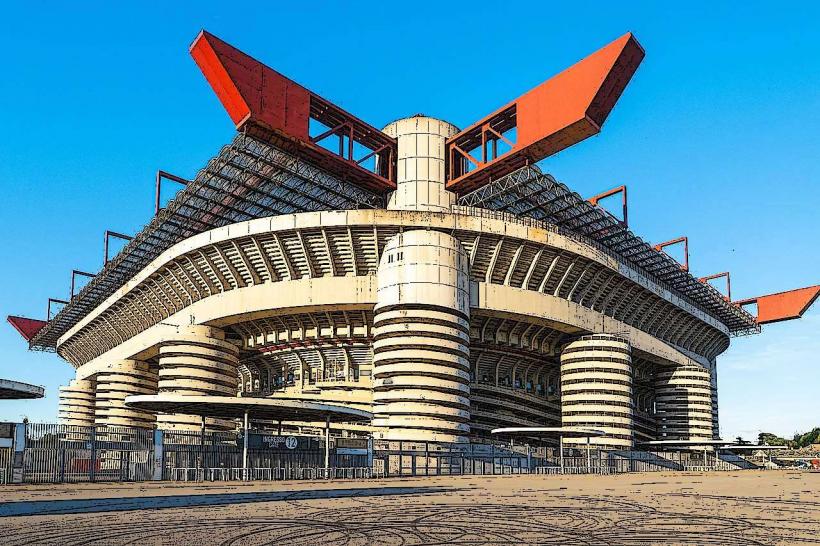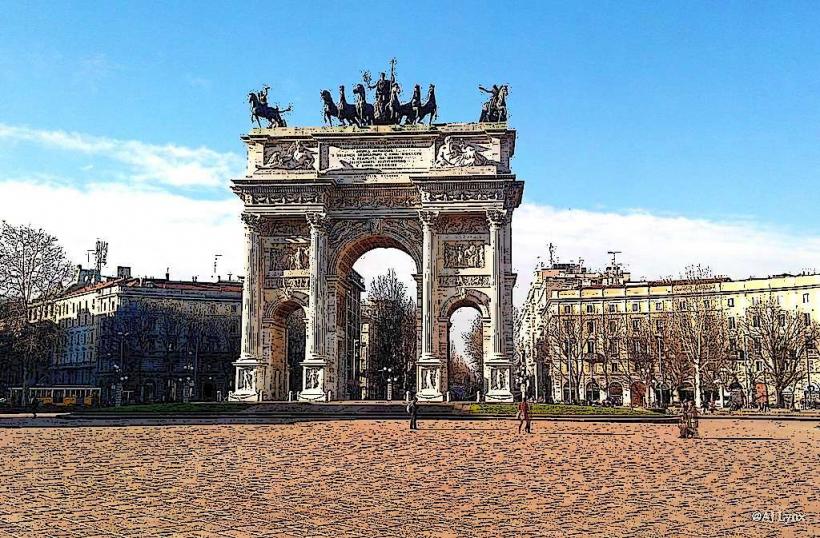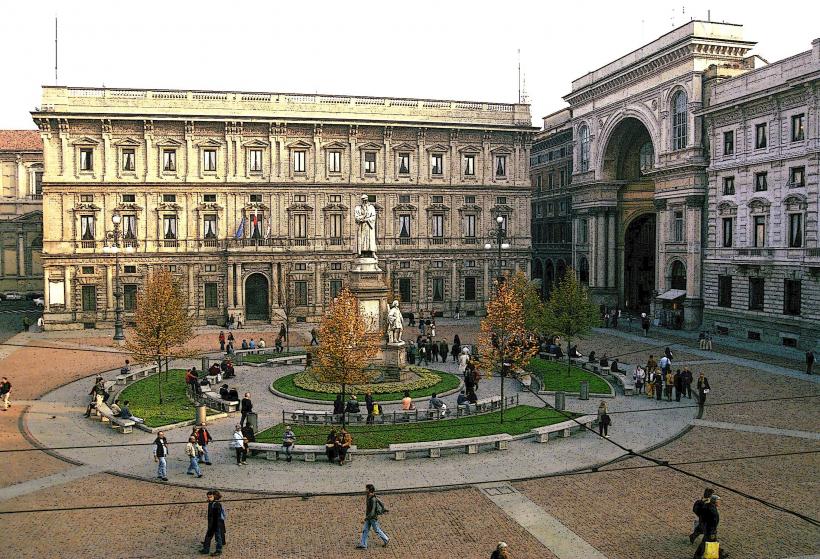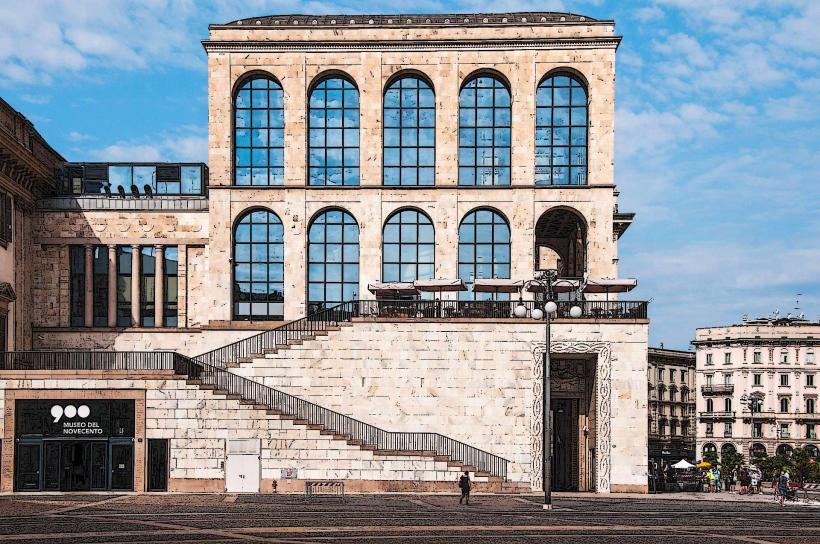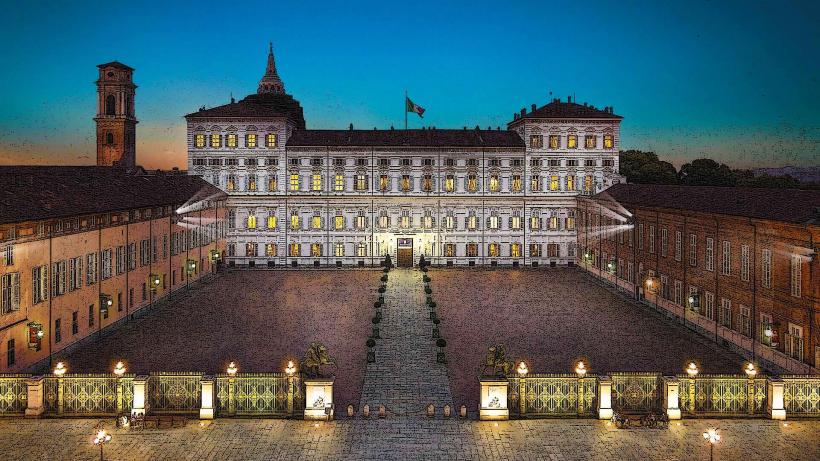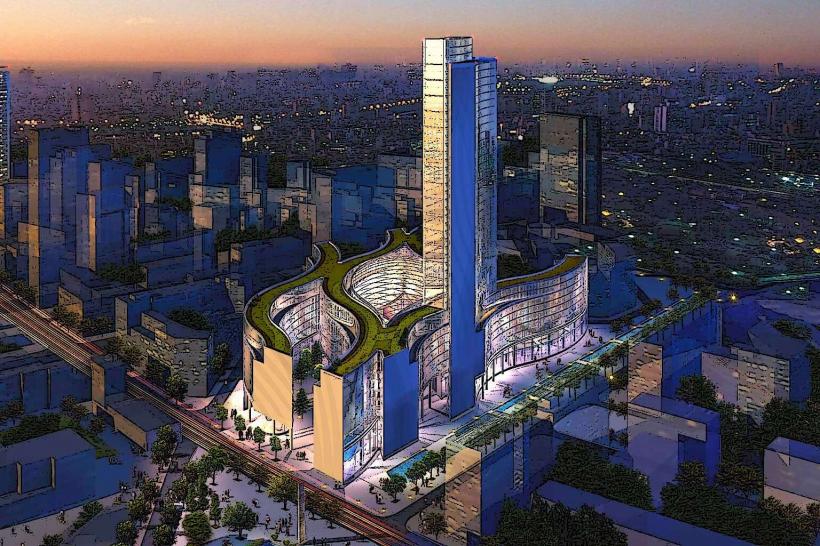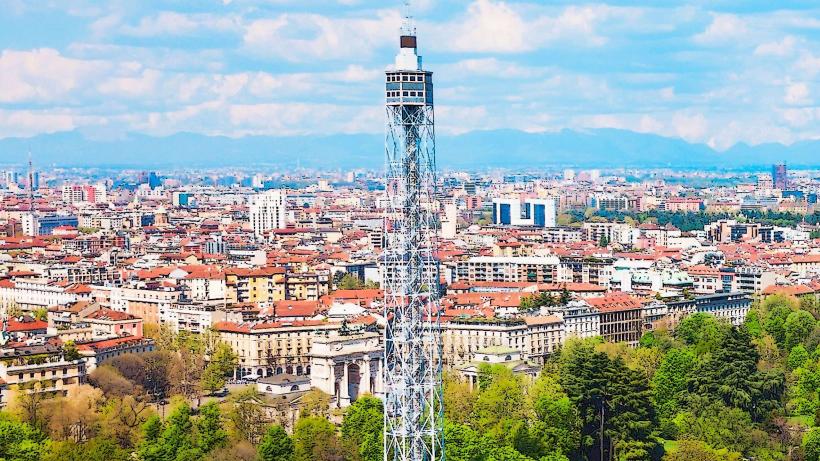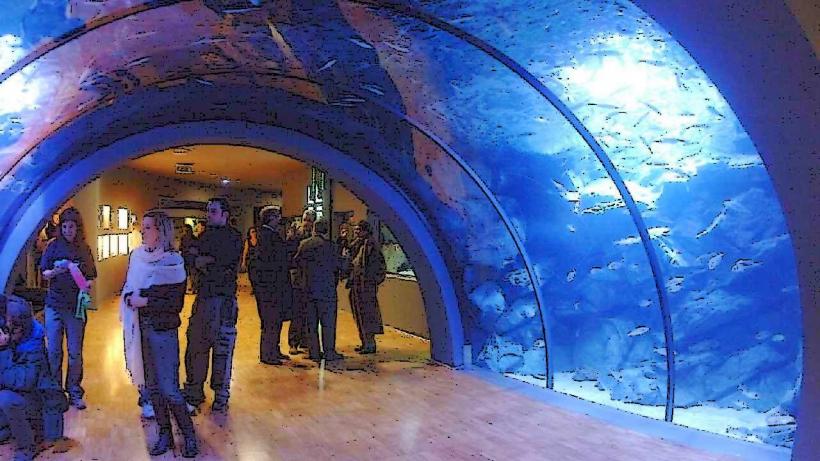Information
Landmark: Cimitero MonumentaleCity: Milan
Country: Italy
Continent: Europe
Cimitero Monumentale is one of Milan’s most significant and historically rich cemeteries, renowned not only for its monumental tombs and sculptures but also for its cultural importance. Located in the northern part of Milan, the cemetery serves as the final resting place for many prominent Milanese citizens, including artists, writers, architects, and industrialists. It is often regarded as an open-air museum due to the wealth of artistic and architectural masterpieces found throughout the site.
1. History and Origins
- Opening: The Cimitero Monumentale opened in 1866, during the period when Milan was part of the Kingdom of Italy. It was designed to be an impressive and grand cemetery, reflecting the growing sense of national identity and the desire to honor notable citizens.
- Creation: The cemetery was established after the closure of the Church of San Gregorio in Campo Santo, which had been the primary cemetery for Milanese residents before the mid-19th century. The city wanted a new burial ground that would not only serve as a resting place but also as a monument to the city’s historical, artistic, and cultural significance.
- Design: The cemetery was designed by Carlo Maciachini, an architect known for his neoclassical and Renaissance revival styles. Maciachini envisioned a space that combined both monumental architecture and lush gardens, creating an atmosphere of serenity and reverence.
2. Architecture and Layout
- Neoclassical and Eclectic Style: The cemetery is famous for its eclectic architectural style, which includes a blend of Neoclassical, Renaissance Revival, and Gothic elements. Many of the tombs and monuments feature intricate carvings, statues, and decorative features, with many designed by prominent Italian artists and sculptors.
- Monumental Entrance: The main entrance of the Cimitero Monumentale is a large neoclassical arch that leads visitors into the cemetery grounds. This impressive gateway sets the tone for the grandeur that lies within. The entrance is flanked by two large statues, representing the figures of Faith and Hope, which symbolize the spiritual nature of the site.
- Main Chapel: The central chapel, known as the Chapel of Rest, is one of the most striking features of the cemetery. It is a large building with an ornate façade, featuring sculptures and columns. The chapel serves as a place for services and memorial ceremonies.
- Gardens and Paths: The cemetery is designed with beautiful gardens, wide avenues, and tree-lined paths, creating a peaceful and reflective atmosphere. The layout is meant to encourage visitors to walk through the space slowly and thoughtfully, allowing for contemplation of the art and monuments.
3. Monumental Tombs and Sculptures
- Sculptural Masterpieces: Cimitero Monumentale is home to a wide array of sculptural works, many of which are regarded as masterpieces of 19th- and 20th-century Italian art. The tombs are often adorned with elaborate sculptures, statues, and reliefs that depict allegorical and religious themes, as well as scenes representing the lives of the deceased.
- Notable Tombs: Some of the most famous tombs in the cemetery include those of notable figures from Milan's history, including:
- Alessandro Manzoni: The famous Italian writer, best known for his novel The Betrothed (I Promessi Sposi), is buried in the cemetery. His tomb is marked by a simple yet elegant monument.
- Giovanni Battista Pirelli: The founder of the Pirelli tire company is buried here. His tomb features a grand monument that represents his industrial success.
- Alessandro Volta: The renowned physicist, known for the invention of the electric battery, has a tomb that stands as a tribute to his scientific legacy.
- Enrico Baj: The avant-garde artist, whose works often featured playful and whimsical imagery, has a memorial featuring some of his distinctive artistic themes.
- Other Prominent Figures: Many other notable figures from Milan’s history, such as artists, philanthropists, politicians, and industrialists, are buried in the cemetery, each with their own unique and artistic tombstones.
4. Famous Monuments
- Monumento Funebre di Pietro Canonica: A striking example of 20th-century funerary sculpture, this tomb was designed by the artist Pietro Canonica. It features a large figure of a reclining woman, symbolizing sorrow and mourning.
- Monumento di Famiglia Campari: The tomb of the Campari family is one of the most famous in the cemetery, reflecting the legacy of the well-known Italian drink company. The monument features a grand sculptural representation of the family's crest and their industrial success.
- Monumento Funebre della Famiglia Crespi: The tomb of the Crespi family is notable for its large, intricate monument, which features symbolic representations of the family’s wealth and power in the industrial sector.
5. Artistic and Cultural Significance
- Open-Air Museum: The cemetery is often considered an open-air museum, with its artistic tombs and sculptures reflecting the cultural and artistic movements of their time. Many works within the cemetery were created by famous Italian sculptors and architects, including Giuseppe and Pietro Galli, Clemente Mincio, and Luca Beltrami.
- Symbolism: The monuments and sculptures throughout the cemetery are deeply symbolic, often depicting themes of eternal rest, divine intervention, and the cycle of life and death. The artwork in the cemetery serves not only as a tribute to the deceased but also as a reflection of the cultural and artistic values of the time.
- Conservation and Restoration: Over the years, many of the monuments in Cimitero Monumentale have undergone restoration efforts to preserve their artistic value and historical significance. The cemetery has been carefully maintained to ensure that future generations can appreciate its rich cultural heritage.
6. Visiting the Cemetery
- Location: The Cimitero Monumentale is located in the northern part of Milan, at Piazzale Cimitero Monumentale. It is easily accessible by public transport, including the M5 metro line (Lilla Line) with the Cimitero stop nearby.
- Opening Hours: The cemetery is typically open every day to visitors, although there may be some restrictions during certain holidays or for private events. It’s recommended to check the cemetery’s website or inquire locally for exact hours.
- Admission: Entry to the cemetery is generally free of charge, although visitors may need to pay for guided tours or special exhibitions.
- Guided Tours: For those interested in learning more about the history, art, and architecture of Cimitero Monumentale, guided tours are available. These tours provide insightful commentary on the tombs, sculptures, and the prominent figures buried there.
7. Conclusion
Cimitero Monumentale is not just a burial ground but a reflection of Milan’s rich cultural history. With its stunning monuments, elaborate tombs, and striking sculptures, it offers a unique opportunity to explore the art and history of Milan in a peaceful and contemplative setting. Whether you are interested in art, architecture, or history, a visit to this open-air museum provides a fascinating glimpse into the lives of some of Milan’s most influential citizens, while offering a serene space for reflection on the passage of time.

